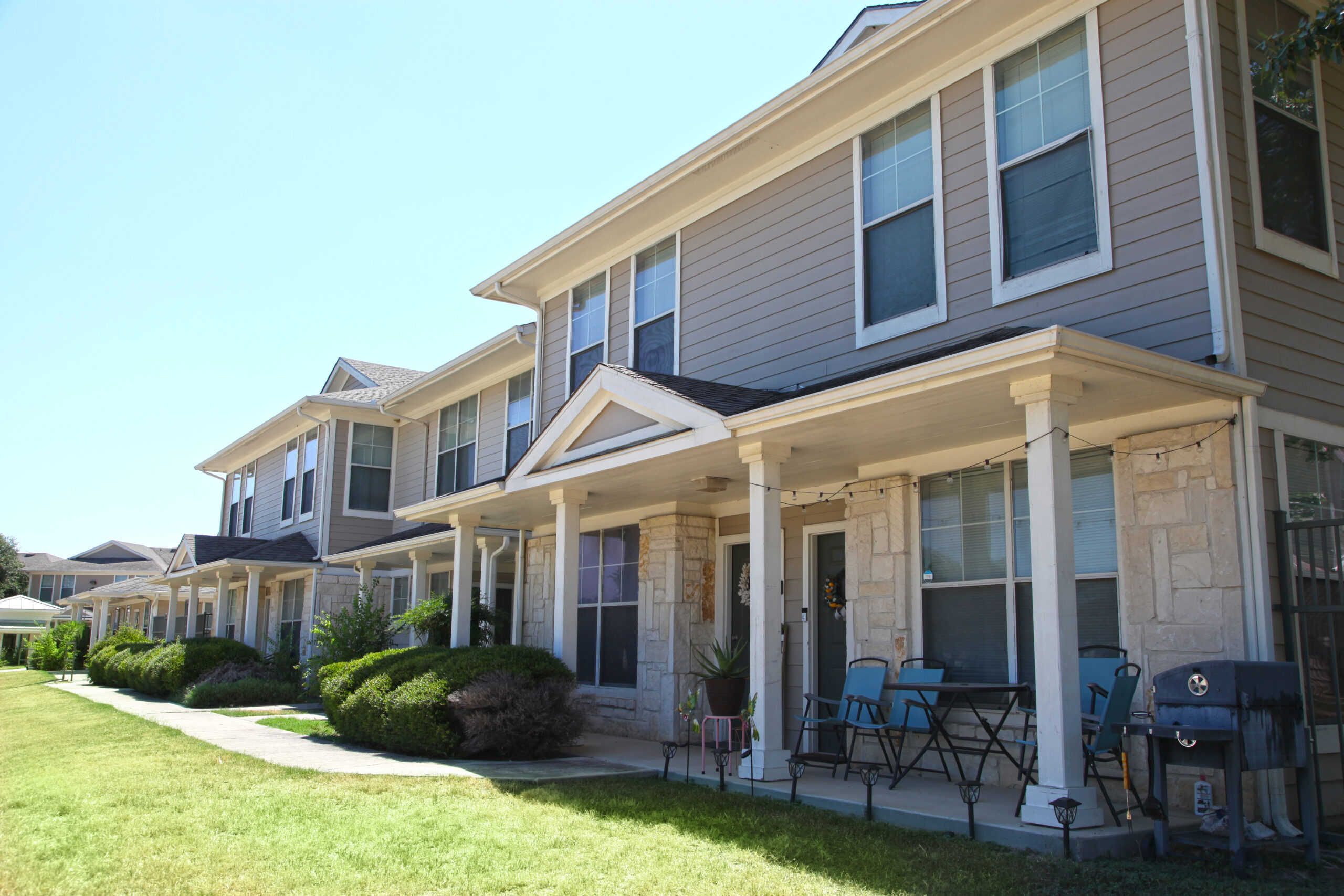Building and sustaining a safe neighborhood depends on four support systems (pillars), when taken together, form a bond of unity (social cohesion). A community-centered environment (public safety ecosystem) involves connecting the partnerships between neighborhoods, schools, non-profit organizations, businesses (hospitals, and various service providers), faith-based organizations, and government (Opportunity Home, police, courts, etc.). When the neighborhoods improve the level of communication with each of these partners, they are more powerful as a group, which helps deliver a sustainable feeling of safety and well-being.
Pillar 1: Social & Cultural: When people take pride in the place they call home, a new community environment is born. Building a safe neighborhood environment involves a “labor of love” and a commitment to each person in the neighborhood, the desire to see it thrive, and a spirit of collaboration that can only come from working together.
Pillar 2: Community Participation (Resident Councils or Neighborhood On Watch): When neighbors get involved (Intervention), well residents provide community leaders with a collective voice of what is needed (mitigation strategies) to help establish the most visible piece of a community – a safe neighborhood environment. The common ingredient for success is when a collective group of residents seek continuous outreach to develop and sustain a safe environment for the families.
Pillar 3: Political and Institutional Partnerships – Vision and Will: When community leaders step forward to work with elected officials, police and community managers, they beacons of light and form a grassroots movement. As a group, they inspire many generations (youth and young at heart) to create and sustain the bond of unity (social cohesion), which helps every resident feel like they are loved, belong, and forge a passion for looking out for each other (advocacy).
Pillar 4: Action Plans (Systems-Led Strategies) – Organized Support System: When steps 1-3 are completed, a sustainable structure (institutional stability) develops and helps everyone stay focused on the plans and promote a reimagined safe neighborhood. Safety and security is everyone’s responsibility. A shared vision (coordinated strategy) will provide the opportunity to use the public resources available and help make the change. Change can only move at the speed of trust – when relationships form and deepen, they become actionable!

